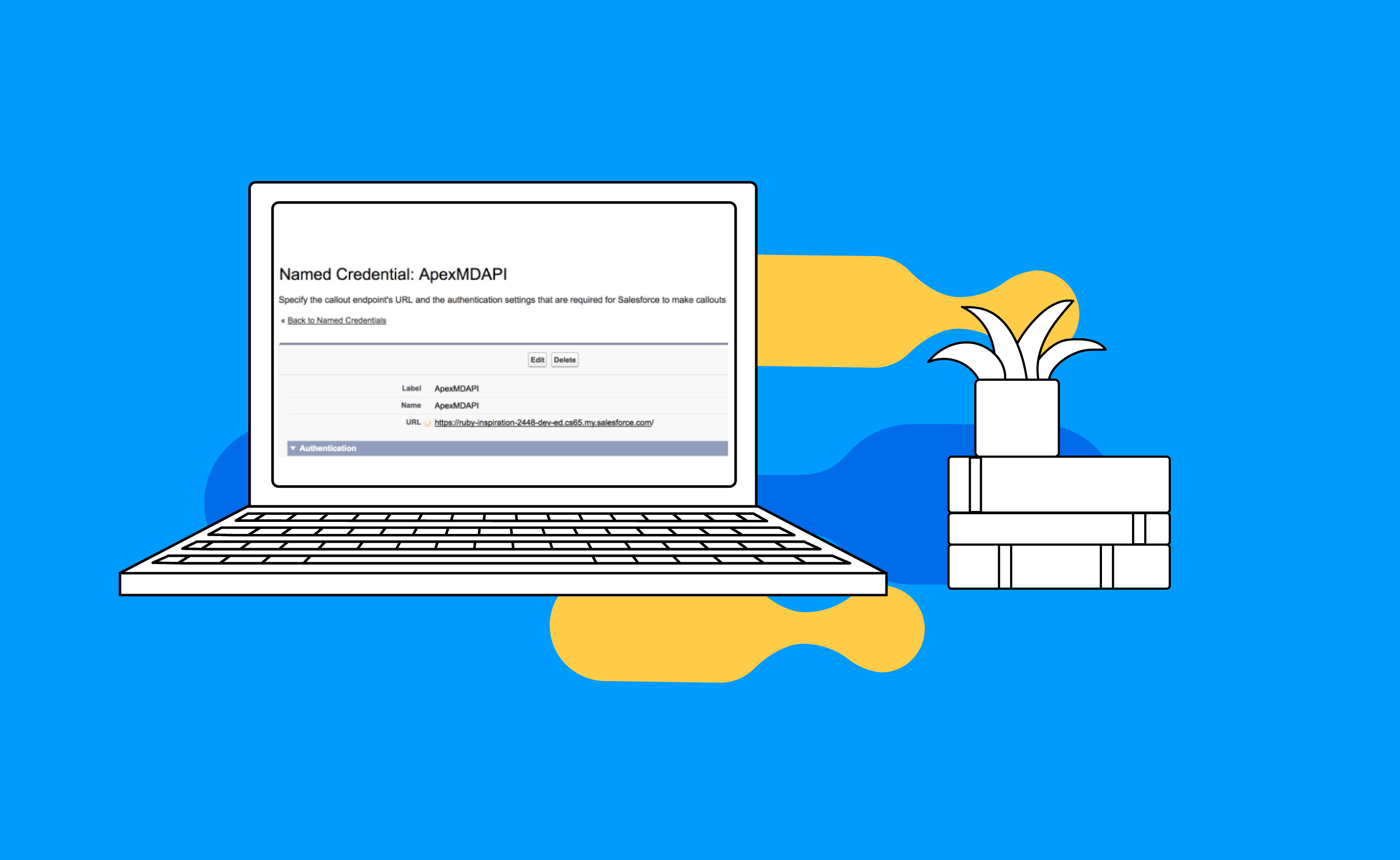Salesforce is one of the best CRM available today, and many businesses are now massively dependent upon their massive data and process automation taking leverage to improve user experience. But what really makes Salesforce so powerful behind the scenes is all down to its Metadata API. So, understanding Metadata API Salesforce can be beneficial because it will offer your organization a way to bring more efficiency.
What Actually Is Metadata API in Salesforce?
Salesforce Metadata API in simple terms is an interface for managing the setup and configuration of Salesforce. It is the centralized point for all your Salesforce settings. While data APIs are for records, the Metadata API is about the configuration of your Salesforce organization like objects, fields, page layouts, etc.
The Importance of Metadata API Salesforce
One important benefit of the Metadata API is that it allows for automation and scale. For example, if your business is fast growing and requires a large amount of fields or objects to be created across several environments, it would take you ages to do that.
· Automating this process using the metadata API allows you to handle these changes consistently and saves you time.
· Salesforce data backup recovery is another important advantage. This capability ensures, that if any configuration changes are lost you can simply get them back without impacting your live data. Especially at the enterprise level, this extra layer of protection proves invaluable in preserving the core elements of your Salesforce environment.
· The Metadata API also supports version control. Your Salesforce environment grows with your business, and the rapidly evolving needs of larger organizations often result in complex configurations that can be hard to manage. Metadata API allows you to track and manage the changes over time while lowering the chances of error. It may roll rolling back, if things don’t go your way.
Best Practices for Using the Salesforce Metadata API
Whenever you work with Metadata API, following the best practices is important to reduce risks and ensure smooth operations. So, let’ know them:
· Version control: Always version track changes in your Metadata API, especially if you are working with a larger team managing the same Salesforce instance.
· Sandbox test: Make sure to do sandbox testing for the changes made before deploying to production.
· Regular backup routine: It is crucial to have a regular Salesforce data backup recovery plan in place. Of course, the Metadata API can be used to restore configuration settings… … but you must have a thorough backup strategy in place for data protection and disaster recovery.
· Documentation: Keep comprehensive documentation for any of the changes that are done with Metadata API. It would help to debug problems as well and in the end while training other team members.

